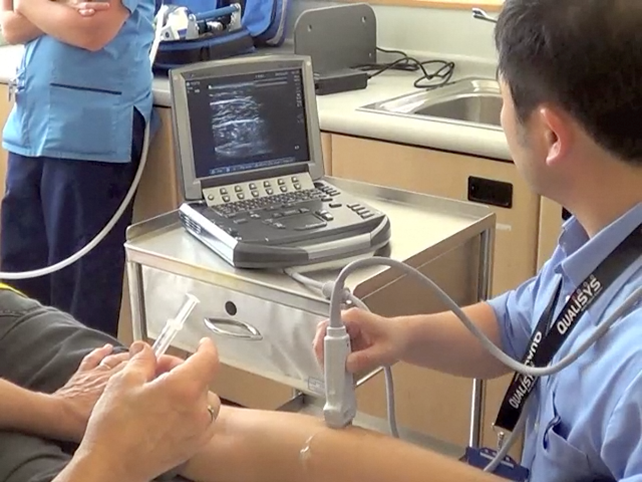Introduction
If your child has stiff muscles due to spasticity or dystonia, your paediatric neurologist, Dr Yeo or physiotherapist may recommend Botulinum Toxin Therapy as a treatment option. While this therapy is not a cure, it can help improve your child’s quality of life and prevent potential complications.
What is Botulinum Toxin?
Botulinum Toxin A is a naturally occurring toxin used in medical treatments for over 20 years.
How does Botulinum Toxin Work?
Botulinum toxin is used to block nerve signals to the muscles at the injection site. This leads to muscle relaxation, helping to reduce stiffness (known as spasticity) and painful muscle spasms (referred to as dystonia). The effects of botulinum toxin can typically be observed within a few days after the injection and may last for up to six months.
My Child has Cerebral Palsy, How is Botulinum Toxin helpful?
In individuals with cerebral palsy, certain muscles or muscle groups can become overly active, leading to conditions such as spasticity and/ or dystonia. To address these challenges, Dr. Yeo and the physiotherapy team may recommend a range of tailored treatments. These interventions aim not only to enhance walking patterns and support the effective use of splints but also to simplify personal care routines and alleviate muscle pain. By focusing on these aspects, the goal is to improve mobility and overall quality of life for those affected.
How is Botulinum toxin given?
The procedure involves the precise injection of Botulinum Toxin into targeted muscles, utilizing a fine needle to ensure accuracy and minimal discomfort. Guided by ultrasound technology, Dr Yeo can visualize the muscle anatomy in real-time, enhancing the precision of the injection.
In the following video, Dr. Yeo skillfully demonstrates this advanced technique, showcasing the meticulous approach required for successful Botulinum Toxin Therapy.
Is Anaesthetic needed for the injections?
To ensure your child’s comfort during the procedure, we typically apply a local anaesthetic cream (e.g. Emla or Ametop) and/or cold spray to numb the skin at the injection site. Additionally, we may administer a calming oral liquid sedative known as chloral hydrate, which helps your child feel more relaxed and at ease. If sedation medication is provided, your child will need to remain in the hospital for several hours afterwards to ensure their safety and monitor their recovery.
In cases where multiple injections are necessary, Dr. Yeo may recommend General Anaesthesia (GA) for a more comprehensive approach. Should Dr. Yeo suggest this option, we will arrange for your child to visit the ward at the hospital, where the procedure can be carried out in a secure and comfortable environment.
Are there any side effects?
Botulinum Toxin may result in some side effects, though these are typically mild and transient. Common reactions include discomfort, minor bleeding/ bruising, and swelling around the injection site, which can usually be managed effectively with paracetamol.
In rare instances, children might experience an increased difficulty in walking due to muscle weakness during the first two weeks following the injection. While concerning, these issues are usually temporary and tend to resolve on their own.
Another rare side effect associated with Botulinum Toxin is difficulty swallowing. If you notice that your child is having more trouble than usual with managing saliva or is choking while eating or drinking, it’s crucial to reach out to Dr. Yeo without delay for guidance and assistance.
Is any change in physiotherapy or orthotic treatment necessary after Botulinum Toxin injection?
Following the Botulinum Toxin injections, engaging in physiotherapy can yield significantly enhanced results, particularly in the 6-8 weeks that follow. To fully harness the potential benefits of Botulinum Toxin therapy, your child’s physiotherapist may propose an intensive series of physiotherapy sessions tailored to your child’s specific needs.
Moreover, it would be advantageous to have your child’s splints reviewed before Botulinum Toxin therapy, and this is a discussion you can have with your child’s orthotist.
Dr. Yeo, along with your physiotherapist, will diligently evaluate the effectiveness of the Botulinum Toxin treatment on your child’s condition. After their assessment, they will engage in a thoughtful conversation with you about the possibility of pursuing additional Botulinum Toxin treatments if needed, weighing the potential advantages for your child’s ongoing care.
If you have any further questions, you can schedule an appointment today with Dr Yeo.






